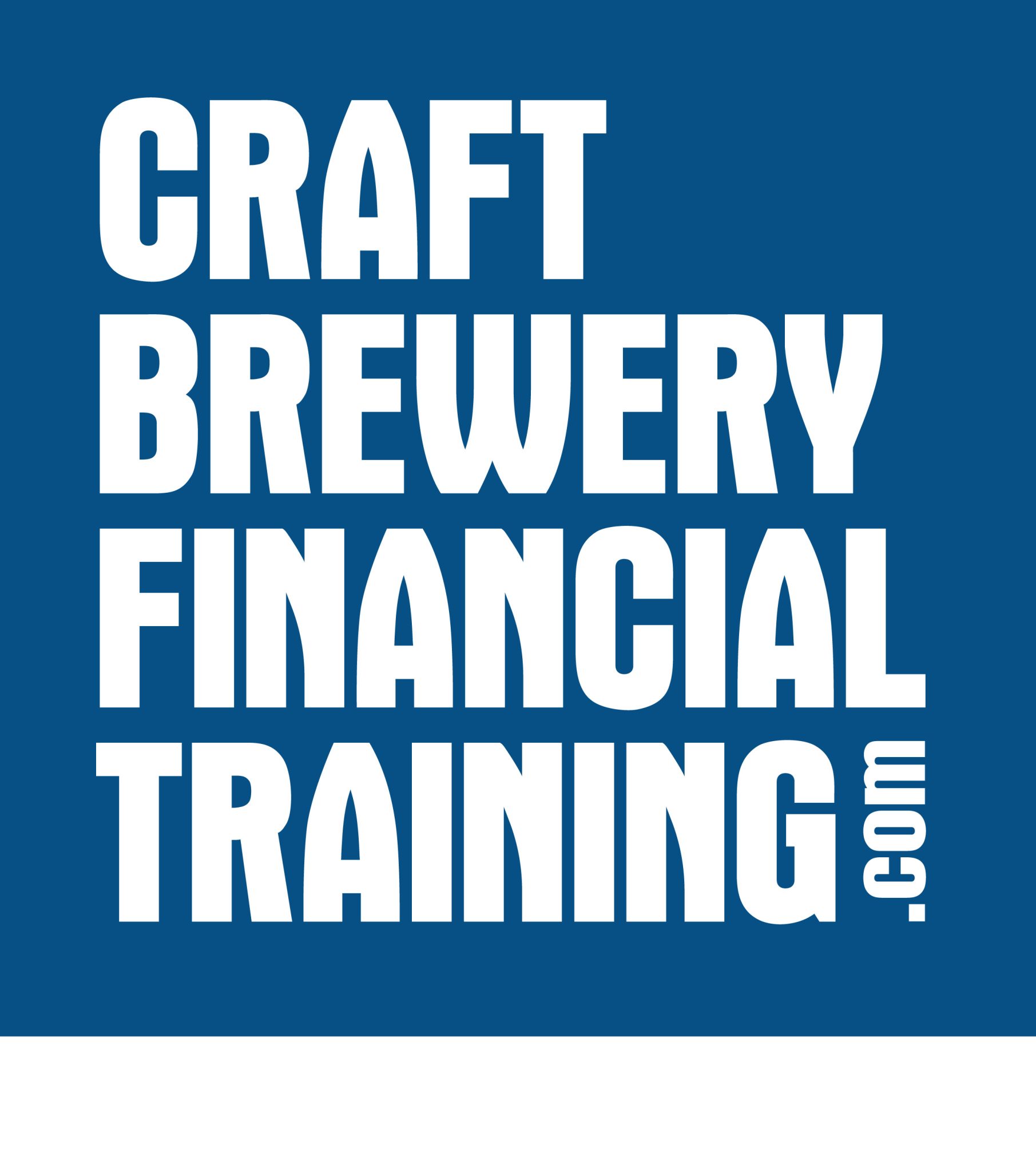In a past article we covered the first Four Commandments of sales compensation. These commandments are the key considerations when designing a comp plan for your sales team.
In this post, we’ll dig into the rest of the commandments so that you can build a great incentive plan for the New Year.
- Remember the First Rule of compensation
- Key questions to ask before building the comp plan
- Avoid these common mistakes
- Be intentional with your model
- Use Incentives, but use them wisely
- Make the sales person keep score
- Align the comp plan with your company goals first
- Don’t forget coaching, managing and leading
- Communicate and educate about how the plan works
- Communicate and educate…again
#5 Use Incentives wisely, they are Super Powers
With great power comes great responsibility. Incentives work, but design them properly.
Charlie Munger is Warren Buffet’s partner at Berkshire Hathaway.He’s 94 years old and worth almost $2billion.He says this about incentives:
“Never, ever think about something else when you should be thinking about the power of incentives.”
Charlie goes on to say – you get what you reward for. If you have a dumb incentive plan, that’s what you get. Dumb results.
Geico is owned by Berkshire and provides a good example of a smart incentive plan. Geico has only two variables that determine bonus compensation: Grow the business + Grow profitably.
Geico looks at ‘policies in force’ for growing the business, and ‘profit of seasoned business’. They know a policy always loses money the first year, so they factor this into the incentive plan.
The beauty of the system, according to Charlie, is that it’s ‘overwhelmingly simple’.It is also aligned with the company’s business goals.And it’s aligned with management compensation. Everyone is getting incentivized to do the same thing: Grow the business, grow it profitably. Smart.
Incentivize the right behaviors. People will usually do what you incentivize them to do, so make sure you consider the consequences and incentivize the behavior that you want to get.
Use the SMART method to Design Incentives. This concept is often used with goal setting, and works well for incentive design as well.
Think of these like a checklist so that you don’t forget anything or leave out an important piece of the plan design:
- Specific. Write out the plan clearly and precisely. State exactly what needs to be achieved to get paid.
- Measurable. If you can’t measure it, leave it out of the plan.
- Attainable (agreed-upon). Push your employees with a stretch goal, but make sure it is achievable. No one wants a plan that is designed to fail.
- Realistic. There needs to be a basis for the incentive. Look at historical results or expected future changes that support the expected outcome.
- Time-based. Nothing focuses the mind like a deadline. Every incentive needs an end point. Then you can start a new one.
Incentives are super powers. Use SMART goals to make them, well…smart.
#6 Make the sales person keep score
Everyone has an iPhone or iPad these days. Use the technology to allow your sales team to connect to the sales data.
Invest in training your sales person to run their own reports and see where they stand related to their goals. You don’t want to come up short because they didn’t know the score.
Once the goal is set, show the sales person how to track progress regularly. Don’t rely on that one person in the office who knows how to run the reports. Get the sales person to run their own reports and see where they stand related to their goals
I’ve seen many times where knowing the score – and how close the sales person was to achieving it – was a huge motivator. If the salesperson can keep score, they can see what they need to do to win.
Use that iPhone for something that’s actually useful – connecting to sales data and monitoring progress to the goal. Don’t come up short because the sales person didn’t know the score.
#7 Align the compensation plan with your company goals first
Sometimes we design a comp plan and forget about the company goals. It happens.
Maybe we design a plan to grow sales and we forget about growing profitability. Or we create a plan to promote a new beer brand and inadvertently stunt the growth of a strong brand that’s been in the portfolio forever.
When you put together the plan, consider your company goals, and bake those in first.
Sales are good, margins are better, and profitability is best.
Align your compensation plan with your company goals to ensure you get the results you want.
#8 Don’t forget coaching, managing and leading
Your comp model can’t do it alone – you need to be there to cheer on the team. Coaching, managing and leading your employees are vital to a successful comp plan.
We’ve rolled out many comp plans thinking that the hard part was done. The plan was designed, communicated and the work was done.Now it was up to the team to execute.
Unfortunately, comp plans aren’t set it and forget it.The team needs coaching and leadership.Especially with a plan that requires the salesperson to accomplish something new.
For example, if the sales person needs to focus on opening up new business or new accounts, you may need to coach them how to do it successfully.This might include making an introduction at a new account, re-training on sales skills, or simply being there for the first few visits to give support and encouragement.
Mentor your employees, and guide them. Your comp model can’t do it alone. Coaching, managing and leading your employees are vital to a successful comp plan
#9 Communicate and educate about how the plan works – then do it again
You’d think people would pay close attention when it comes to understanding how they are paid. They don’t. Tell them in spoken words, hand them written words, field questions and repeat.
I don’t know if there are scientific studies on this, but in my experience, sales people have the shortest attention span of all humans.
I’ve been in countless comp meetings where I’m explaining how the plan works and the salesperson is nodding and making approving noises.At the end of my speech, I ask for questions.
The standard reply is that, “No, it looks very straight-forward, makes sense.”
The sales person leaves the room and 10 minutes later the sales manager is in my office.“You just met with Bob and he is totally confused about how the new comp model works…”
So, explain the comp plan in spoken words. Ask for questions (but assume they won’t ask). Give them the plan written down on paper.
Involve the sales manager, team leader or another sales person to spread true facts about the plan.Sometimes, it helps when one of their peers can relay the information in a language they can understand.
You’d think people would pay close attention when it comes to understanding how they are paid. They don’t. Tell them in spoken words, hand them written words, field questions and repeat.
#10 Communicate and educate about how the plan works – then do it again
You’d think people would pay close attention when it comes to understanding how they are paid. They don’t. Tell them in spoken words, hand them written words, field questions and repeat…
You get the idea. Communicate and educate until it hurts. The success of your compensation plan depends on it.
These 10 commandments can help you accomplish an amazing result – they help you remember the most important things.
In a busy world with emails, texts, phone calls and a myriad of other distractions, it’s helpful to slow down and focus. This checklist of the 10 commandments helps you do just that.
When designing your sales comp plan slow down, use the checklist and remember the most important things. Your sales team will thank you.




Comments are closed